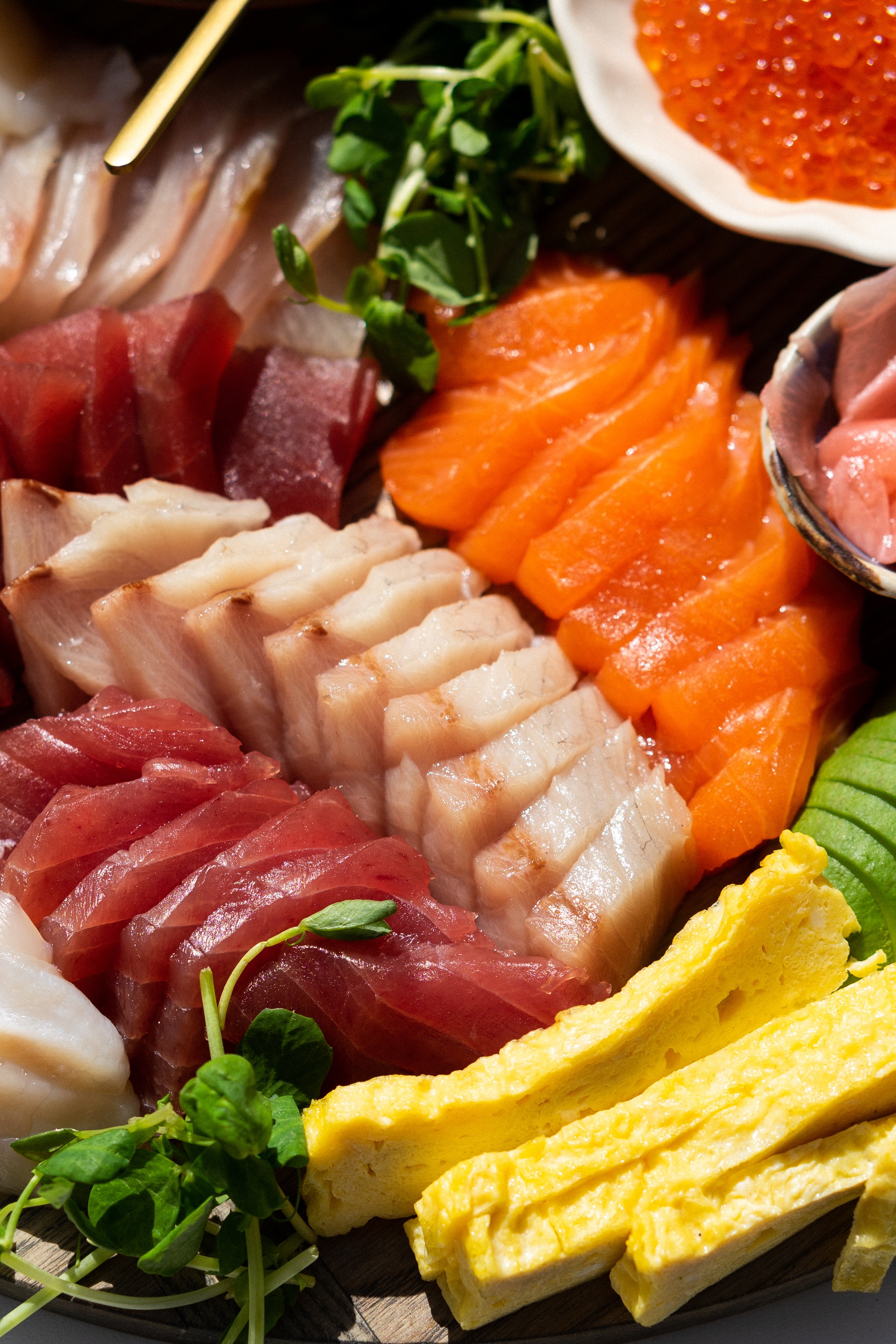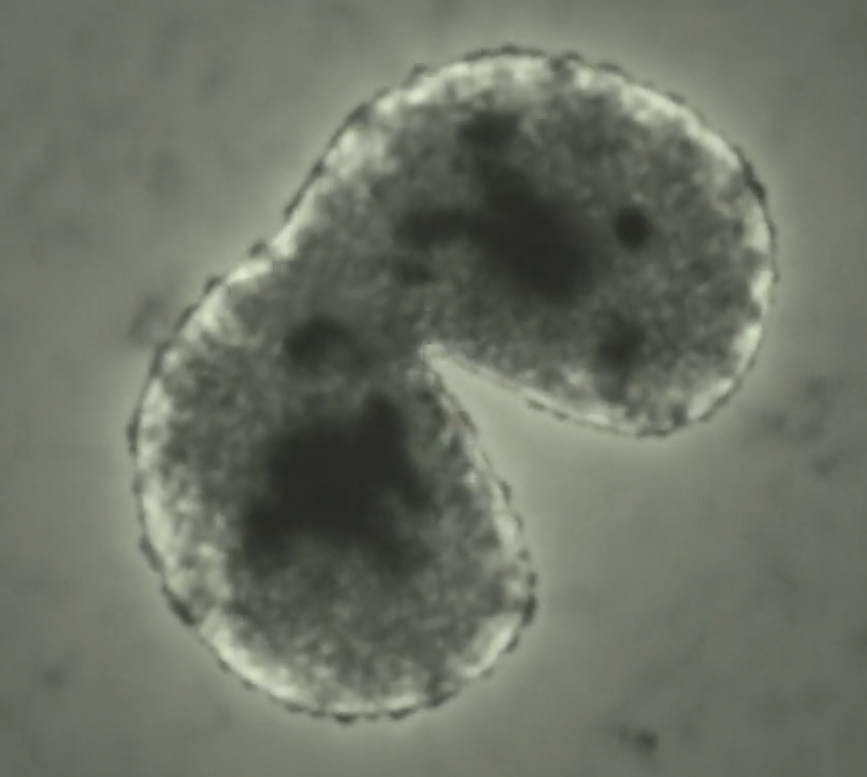The Diabetes in SEA is a real puzzle. Rice has always been a staple of the local diet, so that can't really account for the rise in type 2 diabetes.
If I had to speculate its a combination of both increased carbohydrate consumption (glucose spikes), process food (glucose spikes, inflammation), and the wide-spread adoption of industrial oils (inflammation, and attacks cholesterol). We know that most dietary problems come from mixing carbohydrates and fat (randle cycle inflammation)
If you are in the US then you might want to check out
- https://www.stelo.com/en-us/buy-stelo-one-time $100/month
- https://www.levels.com/ $40/month
I think glycemic index is only useful in the context of dosing insulin, not for gauging overall health of food. I find the carbohydrate-insulin model of health most compelling. The big difference is it's the TIME of elevated blood sugar that is more important then the HEIGHT of the spike. Obviously reducing both is good, shorter time, lower spike, but if you have to focus on one, time has the biggest metabolic payoff.




Modern people eat raw meat all the time
You can eat raw meat, and it is delicious. The problems come from the industrialization of farming - meat is often butchered in a setting where they assume the meat will be cooked, co-mingled with many other animals, and frozen delivered, unfrozen for display, etc. If you have a animal you know is healthy, and you butcher it yourself... you can eat the meat raw with little risk.
This is why ground beef must be cooked well done all the way through (the exposed surface area to the industrial process is all of the meat), while a good steak is OFTEN eaten Rare/Blue (or medium rare) (the inside of the steak can be rare because only the outside is exposed to the industrial process).
Human Stomach PH is on the same level as vultures, we CAN eat raw uncooked meat, and deal with lots of pathogens/bacteria... just not all of the pathogens and bacteria.